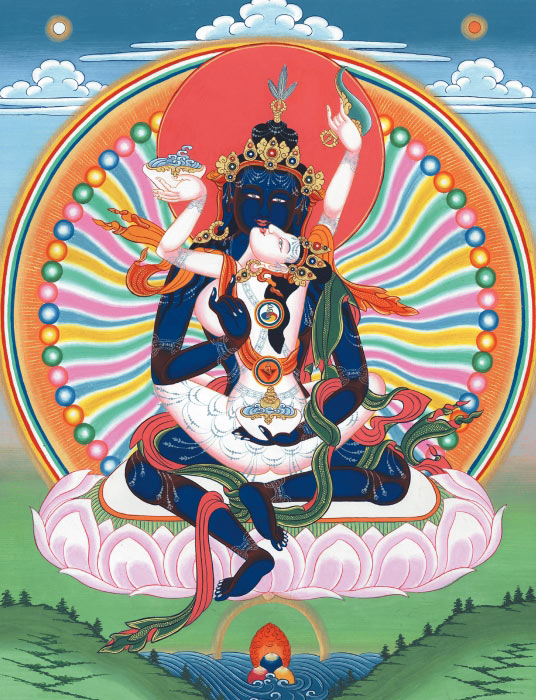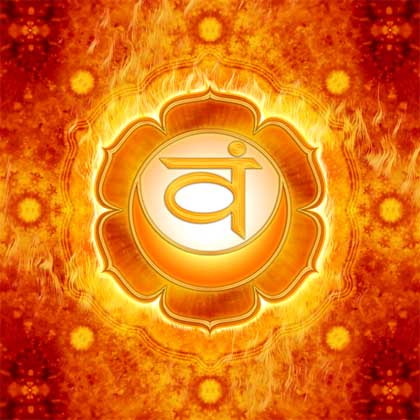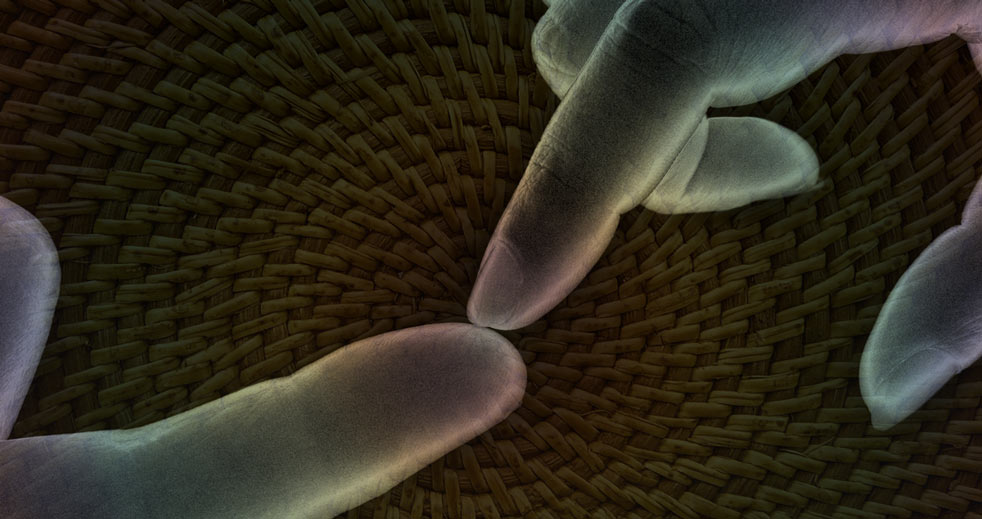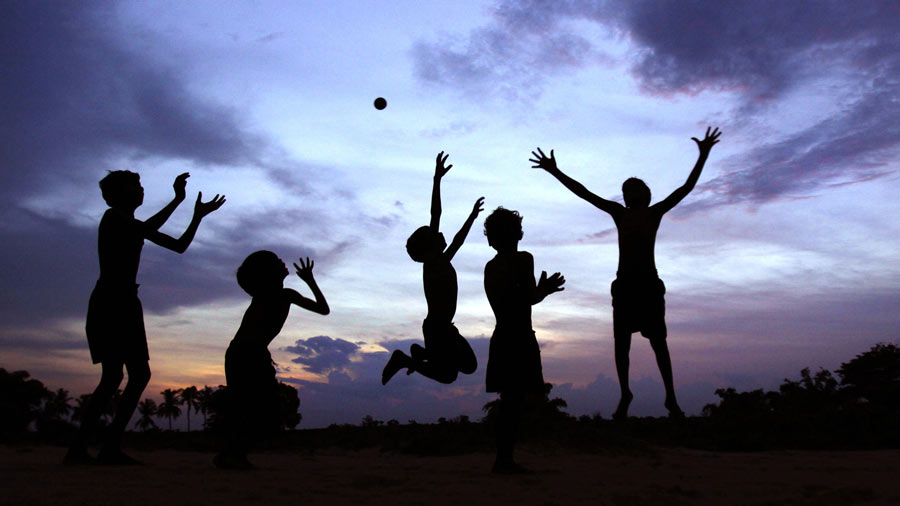Essence: Emotional Mastery
Harmonic: Orange
Axis of Being
Do you love meeting people? Do you have a vast network of friends and contacts? Enjoy partying and socializing with others? Do you have a healthy sex life, or feel strongly called to help improve the sex lives of others?
You may already be a great Weaver.
Whether in relationships, networking, or through sexuality, Weavers are able to understand the language of emotion within themselves and others, and use that knowledge to be of service. They are constantly feeling the interactions of Yang and Yin, usually through a deep emotional sensitivity at first, yet this sensitivity grows into an exploratory process of developing Emotional Mastery. The alchemical dance between the masculine and feminine forces and characteristics within people is observed, and the weaver begins to weave these forces to add depth, richness, and sensuality to situations throughout their lives.
The Weaver archetype is seen in every culture throughout history, though by many different names. In many cultures, their service focused on freedom of expression within the society, and often underlying this work were practices of creating relationship on a deeper level through social exchange, sexual development, guidance, and companionship. In Japan, the entertainment and music provided by Geishas served these purposes. In the Indian Tantra traditions, the Daka and Dakini were legendary figures, eventually becoming associated with male and female yoga practitioners who develop a level of energetic mastery capable of transforming the spiritual and emotional experiences of others.1 Dancers, storytellers, bards, and even concubines (by choice) have all played the Weaver role in different cultures and societies.

In sexually and emotionally repressed societies, Weavers have often been shunned, persecuted, or forced to live secretive lives both coveted and shamed. Even today, in societies that claim freedom of expression as a basic right, there are still many ways that sexually active, emotionally exposed, or deeply intimate people are shamed, especially women. Part of the deeper purpose of the Weaver is to heal these wounds, and repair the emotional fabric of the world.
Fortunately, the Weaver archetype is also often gifted in navigating highly dynamic social situations, and they are able to read the cues given by people and the environment to be able to easily intuit changes in social dynamics before they happen. They often possess vast personal networks, even if those networks are unseen to others, and if desired, they can connect many people quite easily.
 :::
:::
Faculty Note
Note from Adam Apollo: We might reinterpret the etymology of the word emotion as e-motion, or “energy in motion.” While the field of affective neuroscience differentiates emotion from feelings, moods, and affect, in my practice the understanding of emotion as a fundamental property of the physics of the Universe has brought me many insights and breakthroughs in working with this field, and its associative archetypes.
The energy Harmonic of the Weaver is orange, and corresponds to the Sacral Chakra, located in the pelvic region, usually just above the pubic bone in the front, and in the sacrum of the back. This Chakra brings energy into the body for nourishment of all our vital organs, and particularly our glands, and in turn the production of chemicals that provide our body with an interface that connects with our emotional layer of experience.
If we explore the roots of the word emotion, we discover that its origin can be found in the French word émouvoir, which means simply “to stir up.”2 When we look at the diversity of emotions in others and ourselves, one thing is clear about them: they are always changing. They can be stimulating, moving, invigorating, depressing, inspiring, or even enlightening. We might look at the I-Ching, or “Book of Changes” as a lens that studies emotional changes on an individual and collective level. We will explore this concept in much more depth in courses to come.
The highly dynamic Second Chakra energy of the Weaver archetype is a gift both challenging and powerful. Without practice and training, the energy of the Weaver can be fickle and overly sensitive; easy to please, and easy to upset. Without awareness of the impact of their powerful emotional center, they may play favorites with their vast networks and may give into gossip. However, when a Weaver begins to mature their innate gifts, a love for humanity may bloom within them that empowers all their relationships and networks with greater integrity, honesty, and Honor.
The key for the Weaver is to develop a deeper sense of boundaries, feeling and understanding the distinction between their personal emotions, and those of others. Through mastering when and how to discern these subtle qualities in each interaction, the Weaver may come to the realization that we are always connected to everything and everyone, and yet we get to determine our personal event horizon, deciding what energy we bring into our bodies, and what energies we express.
That attractive, charismatic person in your life who relates to you directly, makes eye contact, and makes you feel good in their presence has strength in the Weaver archetype. As energy in our bodies moves up into the hips and sex organs, it seeks to enjoy life and connect to others. Weavers make it their business to be in touch with their own emotional nature and to cultivate positive emotional energy within themselves and others.
“Weavers sit on the seat of raw emotional intimacy.”Alex Fairman
Visceral emotional connection with others is moderated by the Sacral Chakra. Modern society has conditioned most people’s minds to associate emotional intimacy and touch with sex, but there is much more to intimacy than sexual contact. The pure act of touch, sharing eye contact, and expressing feelings allow us to become more aware of our own emotions through vulnerability, and those of others through openness. How is the strength of your intimacy with others? Are you comfortable sharing yourself with them?
Most children have an innate sense of freedom in expressing emotions, and moving energy in general, and they can provide good models of authenticity and creative expression for people of all ages. Yet this freedom requires a sense of safety, provided by good boundaries. Once they know they are safe, kids are having a blast. Playing, crying, yelling, laughing; a collage of emotions pours through with little reservation. Are you trusting enough in yourself and the world to move out of fear for physical survival and into the creative playful space? This is the power that creates friendships, bonds lovers together, and gives rise to the fabric of society.
Get attuned to the feeling of total freedom, joy, fun, and sensuality, and the Weaver within you will begin to shine.




